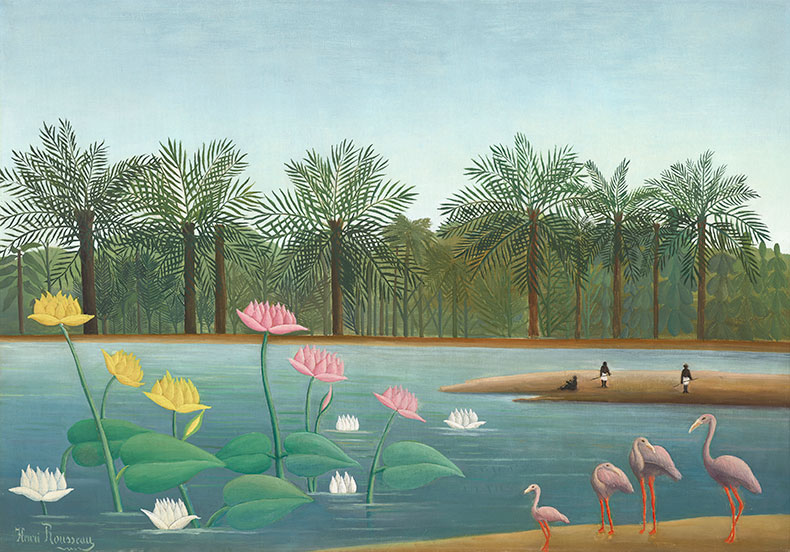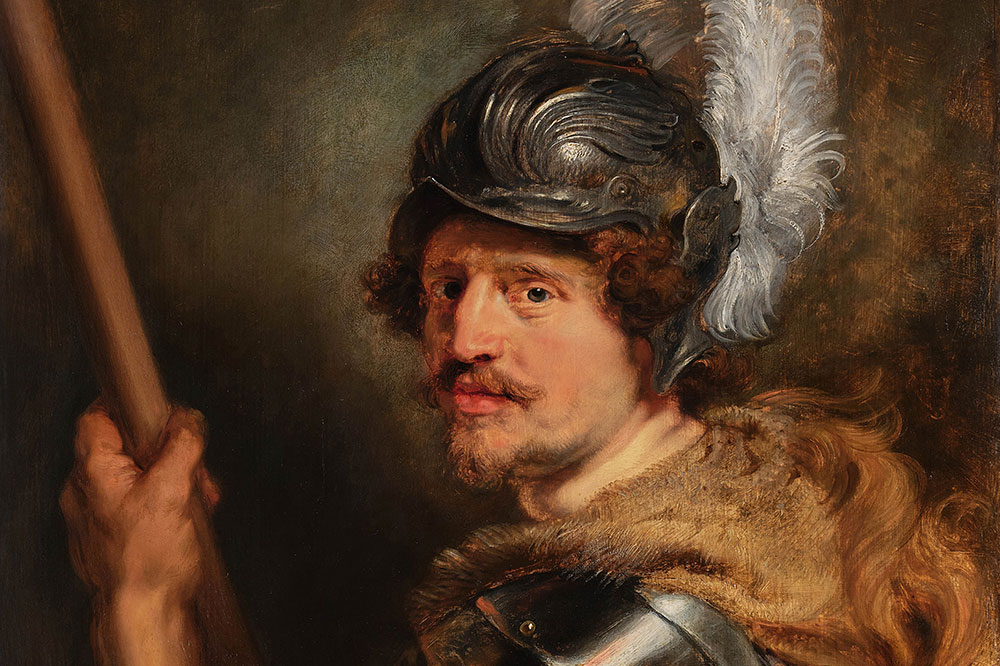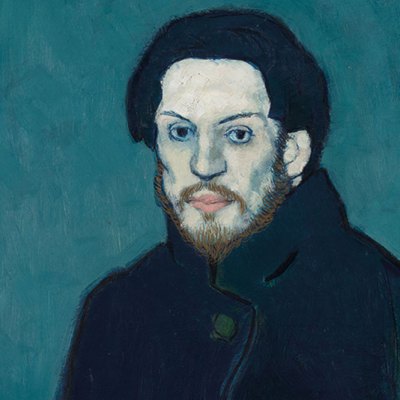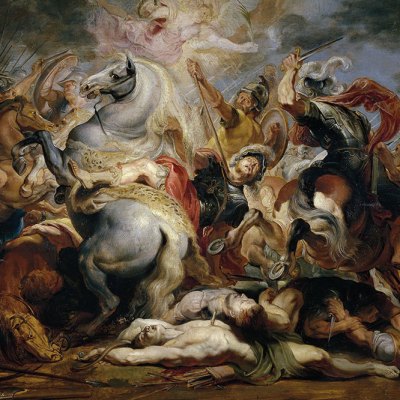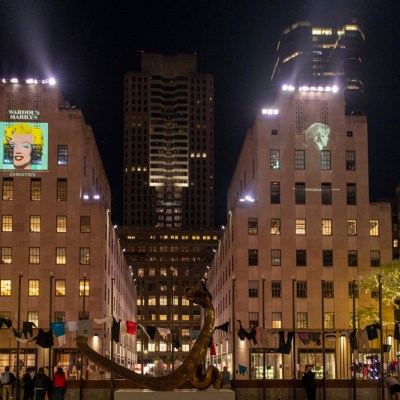More works of serious art-historical significance are on offer in New York’s spring sales than have appeared at auction this year in the rest of the world put together. Faced with a very Big Apple indeed, this column is taking two bites at it – the modern works for now, and then post-war and contemporary in a fortnight’s time. (As for why New York has become so dominant, you can read Jane Morris’s piece in the May issue of Apollo here.)
Not that the auction houses themselves are always that strict about what constitutes ‘modern’ or ‘contemporary’. When Christie’s sold Salvator Mundi in 2017 for $450m, still the highest price ever paid for a painting, it listed the Leonardo in a post-war and contemporary auction. Sotheby’s seems to be hoping for similar results by kicking off its ‘Modern’ evening sale on 16 May with the decidedly unmodern Portrait of a Man as the God Mars (c. 1620). The auction house has explained that the work’s inclusion here is a ‘nod to its intensity and innovation’. But there’s an irony in that, with this superb painting, Rubens’s eyes are fixed not to the future but on the ancient past.
This is the only surviving work by the artist to depict a single figure dressed in classical garb. The sitter’s identity is unknown, but it is believed that Rubens painted him in Antwerp in around 1620 – a couple of decades after the artist’s first journey to Rome instilled a lifelong love of the classical past. The crop of the figure accentuates the gleam of his shoulder armour and the bulge of his arm – a composition that owes much to the portrait of Emperor Titus Vespasian by Titian, whom Rubens was studying intently at this time – giving his torso a dynamism that is offset by the calm, collected expression on his face: the god of war, in his element and in complete control.
Portrait of a Man as the God Mars (c. 1620), Peter Paul Rubens. Sotheby’s New York (estimate $20m–$30m)
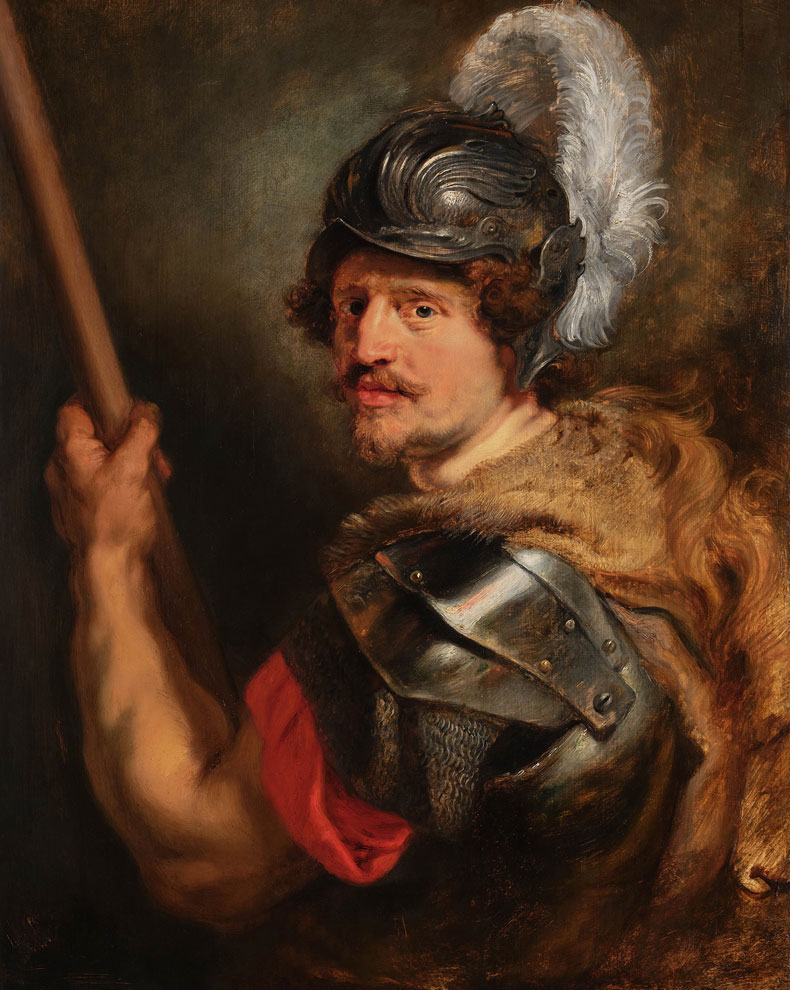
The plumed helmet he wears was part of the artist’s own extensive collection – it appears on soldiers in a number of other works by Rubens, including the Raising of the Cross (1637), now in the Royal Museum of Fine Arts in Brussels. Rubens believed the helmet to be an antiquity, though subsequent research has suggested that it was actually a 16th-century Italian burgeonet. Another indication that the attempt to demarcate past from present is always fraught – perhaps the auction houses are on to something with their liberal approach to programming, after all.
With an estimate of $20m–$30m, the Rubens may well surpass his gruesome Head of John the Baptist Presented to Salomé (c. 1609) – consigned from the same collection, of divorcing couple Mark Fisch and Rachel Davidson – which made $26.9m in January to become the third-most expensive painting by the artist sold at auction. But it’s unlikely to match Leonardo and steal the thunder of what else is coming up next month.
Insel im Attersee (1901–02), Gustav Klimt. Sotheby’s New York (estimate $45m)
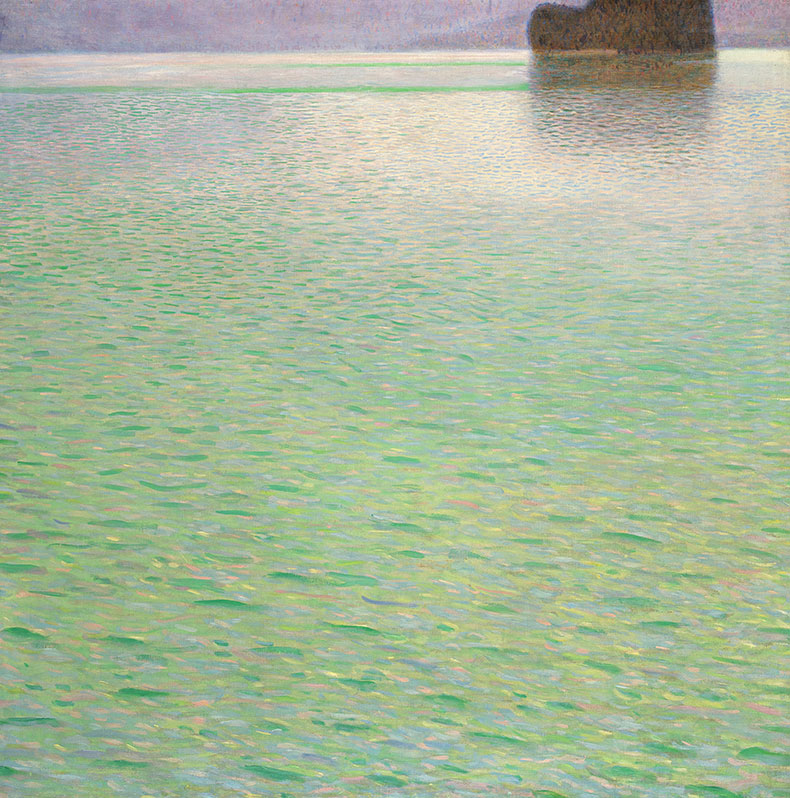
For sheer painterly lavishness, there can be few works that vie with Gustav Klimt’s Insel im Attersee (1901–02). This is a vision of the Austrian lake with an outrageously high horizon – so high that the island itself is cropped almost out of the picture, an approach borne of Klimt’s experiments with photography – that floods the viewer’s gaze with the play of light upon the water. It’s remarkable to think that this luscious landscape was painted in the same year as Judith with the Head of Holofernes, which is often taken to signal the start of Klimt’s Golden Period. Insel im Attersee pretty well out-Monets Monet. It was presented for the first time in the United States by the Austrian émigré art historian Otto Kallir at the Galerie St. Étienne, New York, in 1940 as part of the gallery’s ‘Saved from Europe’ exhibition, and now comes with expectations in the region of $45m at Sotheby’s.
In February, a French court found that four paintings in the Musée d’Orsay – two by Renoir, and one each by Gauguin and Cézanne – had been stolen and sold to Nazi officers after the abrupt death of none other than Ambroise Vollard, the dealer who shepherded the careers of these and many other moderns. After a brief farewell display at Sotheby’s Paris, they’ve now been shipped stateside for sale. The small Cézanne watercolour sketch of trees, Sous-bois (c. 1882–84; estimate $250,000–$350,000) is rather lovely, but the pick is the Gauguin. Nature morte avec pivoines de chine et mandoline (1885) is one of few surviving works dating from Gauguin’s brief spell in Copenhagen, where his family had decamped to be near the parents of Gauguin’s wife, Mette Gad, after his initial attempts to establish himself as an artist had failed. Working in isolation from his peers – and indoors, given the climate – Gauguin was beginning to forge his distinctive style. The meditative arrangement of peonies and mandolin is a world away from the exoticising visions of Tahiti that would follow; and yet something about the brushwork – the parallel strokes – as well as the strange crop and skewed perspective, while owing much to Cézanne, are already recognisably Gauguin’s. $10m–$15m is expected.
Nature morte avec pivoines de chine et mandoline (1885), Paul Gauguin. Sotheby’s New York (estimate $10m–$15m)
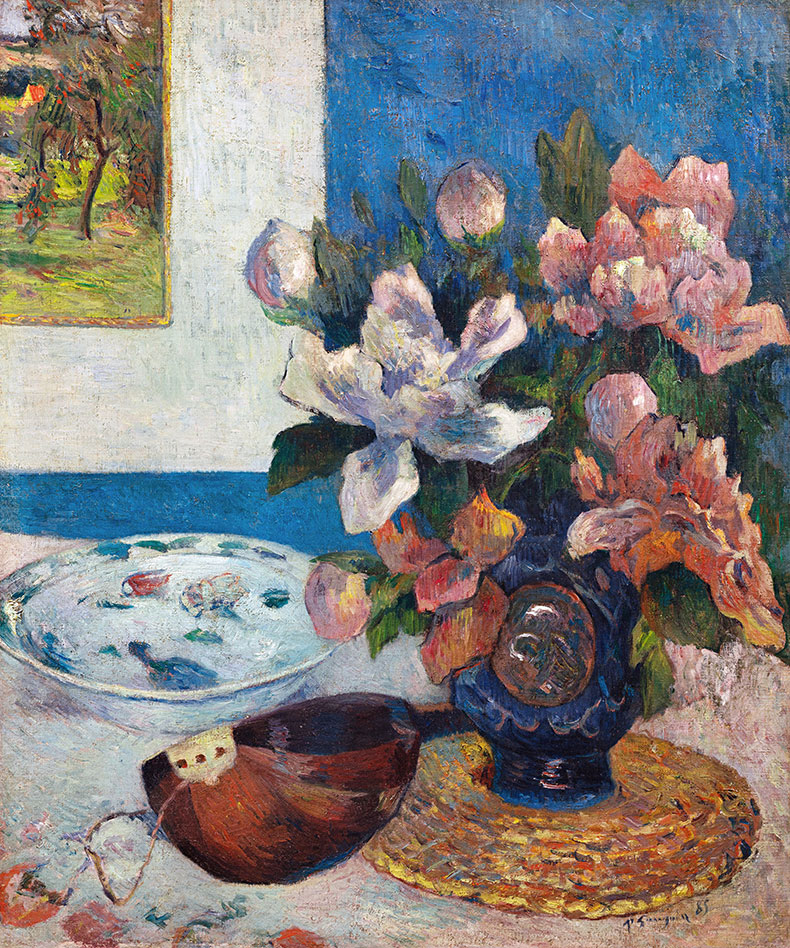
With an estimate in the region of $40m, the top lot (among the modern works) over at Christie’s in the 20th century evening sale (11 May) is Picasso’s Nature morte à la fenêtre, painted at the outset of the pivotal year of 1932 that was explored by Tate Modern’s celebrated survey in 2018. It is one of the earliest paintings devoted by Picasso to his lover Marie-Thérèse Walter, 28 years his junior, presaging his series of vivid nudes. But it also looks backwards – to the plaster busts of Marie-Thérèse he had begun in 1931 and beyond, to the classicism of the 1920s. The oxymoron of ‘still life’ has rarely seemed so stark as it does here, with the sinuous lines devoted to Marie-Thérèse’s profile, echoed in those of the vase, the apples and the philodendron leaves, communicating both amour fou and monumental calm. But perhaps the most intriguing offering at Christie’s is a phenomenal late landscape by Henri Rousseau, which must rank among the most open and airy of any of his jungle scenes (estimate $20m–$30m). Painted in 1910, the final year of his life, Les Flamants has placid, turquoise water reminiscent of early Hockney, and bright blooms rising on thin stems with an eloquence that brings to mind Cedric Morris. But the pert flamingos in the foreground, and the dark vegetation of the jungle that looms behind, are unmistakably Le Douanier.
Les Flamants (1910), Henri Rousseau. Christie’s New York (estimate $20m–$30m)
